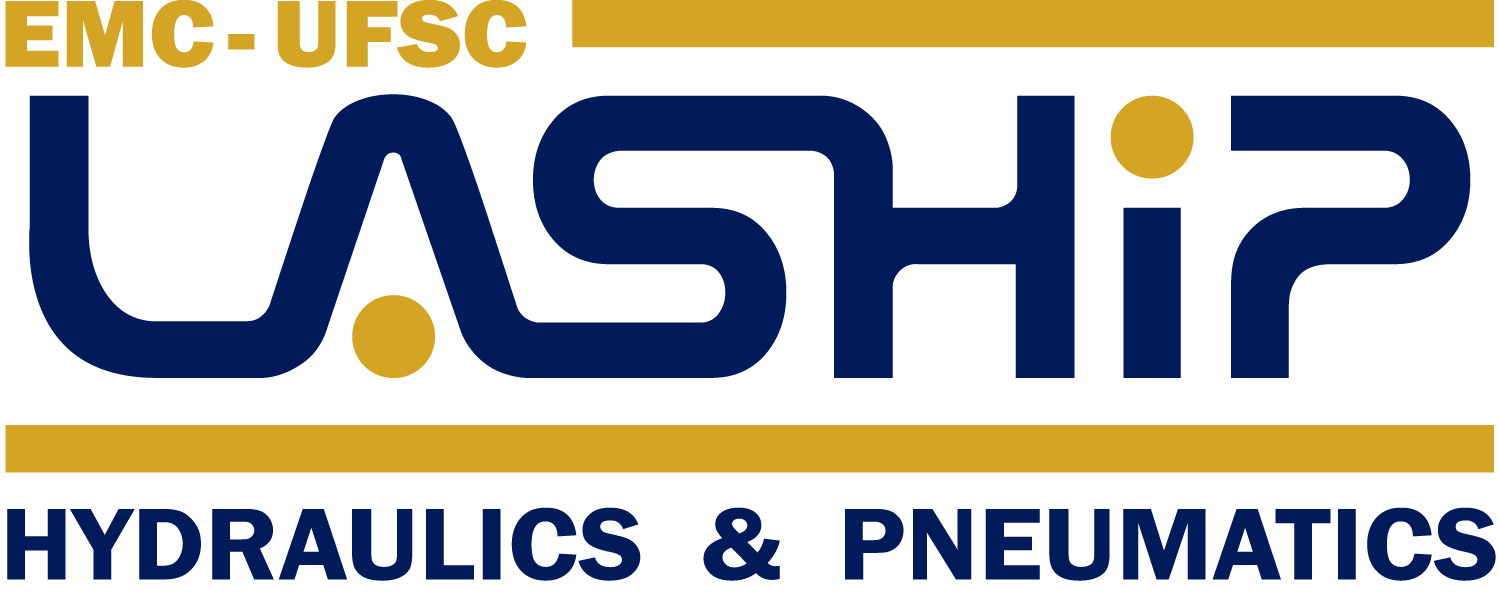Candidate: Job Angel Ledezma Pérez
Program: UFSC / POSMEC
Date: May, 2018
Advisor: Victor Juliano De Negri
Co-Advisor: Victor Barasuol (IIT, Italy)
Abstract: Force is the result of the interaction between two mechanical systems, and every time that a mechanical interaction occurs, the actuation system and the environment exchange power. Mechanical interaction dynamics may be characterized by mechanical impedance, which is intimately related with compliance in mechanical transmissions. Increasing the compliance is a way to overcome the inherent stability problems associated with force control. On the other hand, force control is one of the most studied topics in diverse areas, especially in robotics where it is used to describe the interaction between a robot and an unknown environment. An actuator with compliant transmission will have a lower mechanical impedance at the interaction port and, therefore, a better capability to reduce interaction forces when it encounters an unpredicted object, being a good choice for force control systems. Most of researchers use mechanical compliant elements in series with the actuator, such as springs or dampers, in order to achieve a required compliance for their applications. System compliance can be controlled or modified in active or passive ways. Active compliance is obtained by force-based feedback control, and passive compliance is typically obtained by introducing mechanical compliant components in the transmission of the actuation system. Nevertheless, in hydraulic force control systems, the compliant behavior of the mechanical components can also be obtained and shaped using only equivalent hydraulic components. In this sense, the hydraulic case has some advantages compared with the electromechanical case, because no additional components are inserted in series with the actuator. Therefore, no additional space is required, either in the longitudinal axis, in case of linear actuators, or axial, in case of rotational actuators, to incorporate a mechanical compliant component, reducing the space required for the actuation system. This thesis aims to show the possibility of ensuring a required compliance in hydraulic actuators using only hydraulic components, giving a mathematical background to substantiate the need for additional hydraulic compliant components, and establishing a procedure for selecting and sizing them. Additionally, a robust control technique in frequency-domain is evaluated considering the intrinsic force control problems, such as the variations of internal parameters of the system, uncertain dynamic behavior of the environment, among others.
Reference: Pérez, J. A. L. Force Control on Hydraulic Actuators Through Additional Hydraulic Compliance. 2019. 147 p. Tese em Engenharia Mecânica. Universidade Federal de Santa Catarina, Florianópolis.


